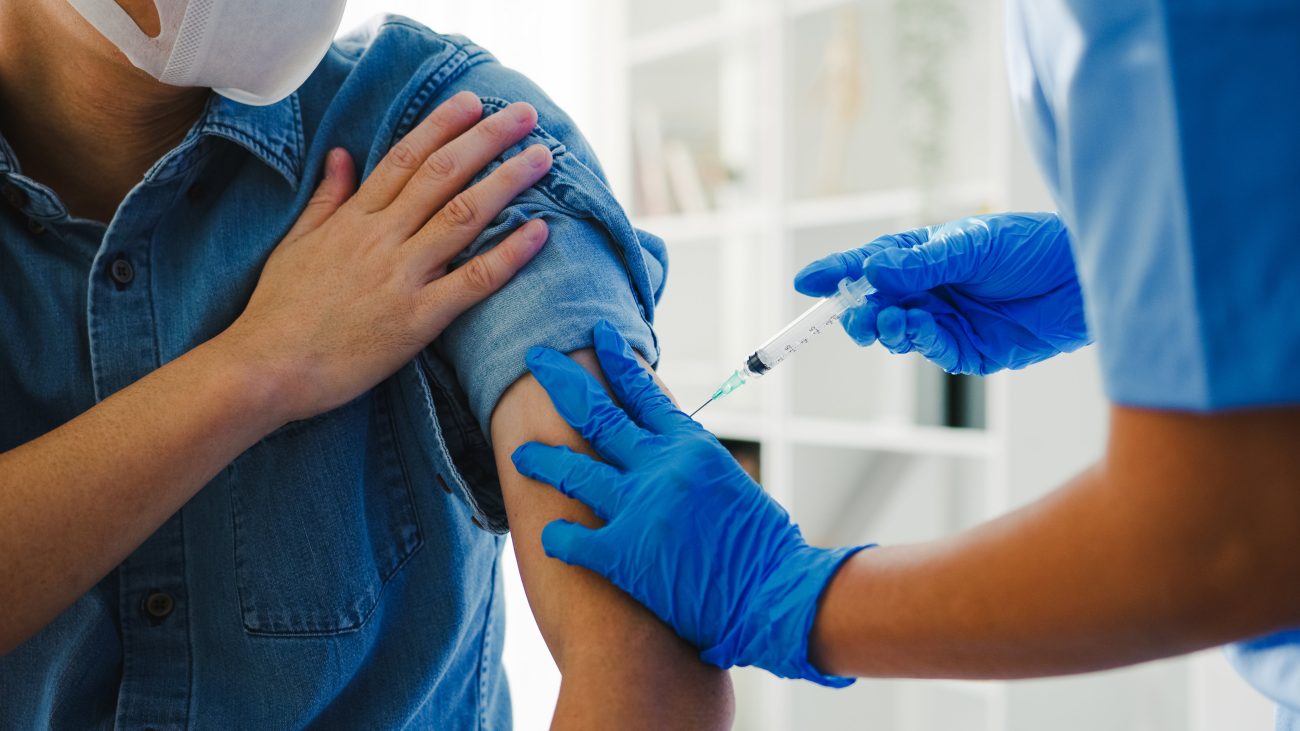
Occupational Vaccination Services
Some jobs bring workers into close contact with a range of different disease-causing pathogens that the general public would not encounter. These are occupational risks that are addressed through occupational vaccination. Employers and employees both bear responsibility for ensuring that occupational immunisation is pursued to an adequate standard.
The most significant example of occupations vulnerable to particular diseases is that of health, social care and blue light workers. This includes nurses, doctors, physiotherapists, paramedic, police, fire and virtually anyone working in a care or blue light capacity. These people are vulnerable to a whole body of different diseases, and moreover, they can potentially transmit these diseases to vulnerable populations if not immunised. Other examples of workplaces where there is a risk of carrying or transmitting infection include laboratory workers who come into close contact with samples harbouring potentially dangerous pathogens that would not be a concern in the wider world. In these cases, safety procedures are extremely important, and where necessary, employers and employees are responsible for determining whether vaccinations are necessary.
There are a number of different occupational diseases that pose a risk to employees in the UK, and these include diseases like tuberculosis (often abbreviated to TB), measles, mumps, rubella, varicella (chickenpox), hepatitis B, diphtheria, tetanus, whooping cough, Hib, and polio.
It is an employer’s responsibility to assess the potential risk of exposure to these diseases and meet the necessary responsibilities under the COSHH regulations. Employers are also legally obliged to provide their employees with any information or training they need to minimise their exposure to disease. It is down to the employee to make sure that they abide by safety regulations and follow any immunisation instructions.
SOHS can help employers identify, document and meet their employee immunisation needs.
The Department of Health has identified various occupational groups are at an increased risk of exposure to blood-borne viruses and recommends that they be immunised against Hepatitis B vaccine (HBV). At risk groups tend to include:
- Laboratory staff handling biological material that may be contaminated with BBV
- Staff of residential and other accommodation for those with learning difficulties
- Most health care staff and those handling cadavers and other human remains, such as anatomical pathology technologists (APTs), funeral directors, embalmers and pathologists
- Prison service staff in regular contact with inmates
- Certain members of the emergency frontline services, such as the police, ambulance and fire and rescue services.
SOHS can provide appropriate vaccination against HBV following the nationally prescribed schedule, plus the necessary immunisation assurance blood test.
SOHS can also provide support to complete the necessary (COSHH Biological) risk assessment that supports the requirement for immunisation against Hep B.


